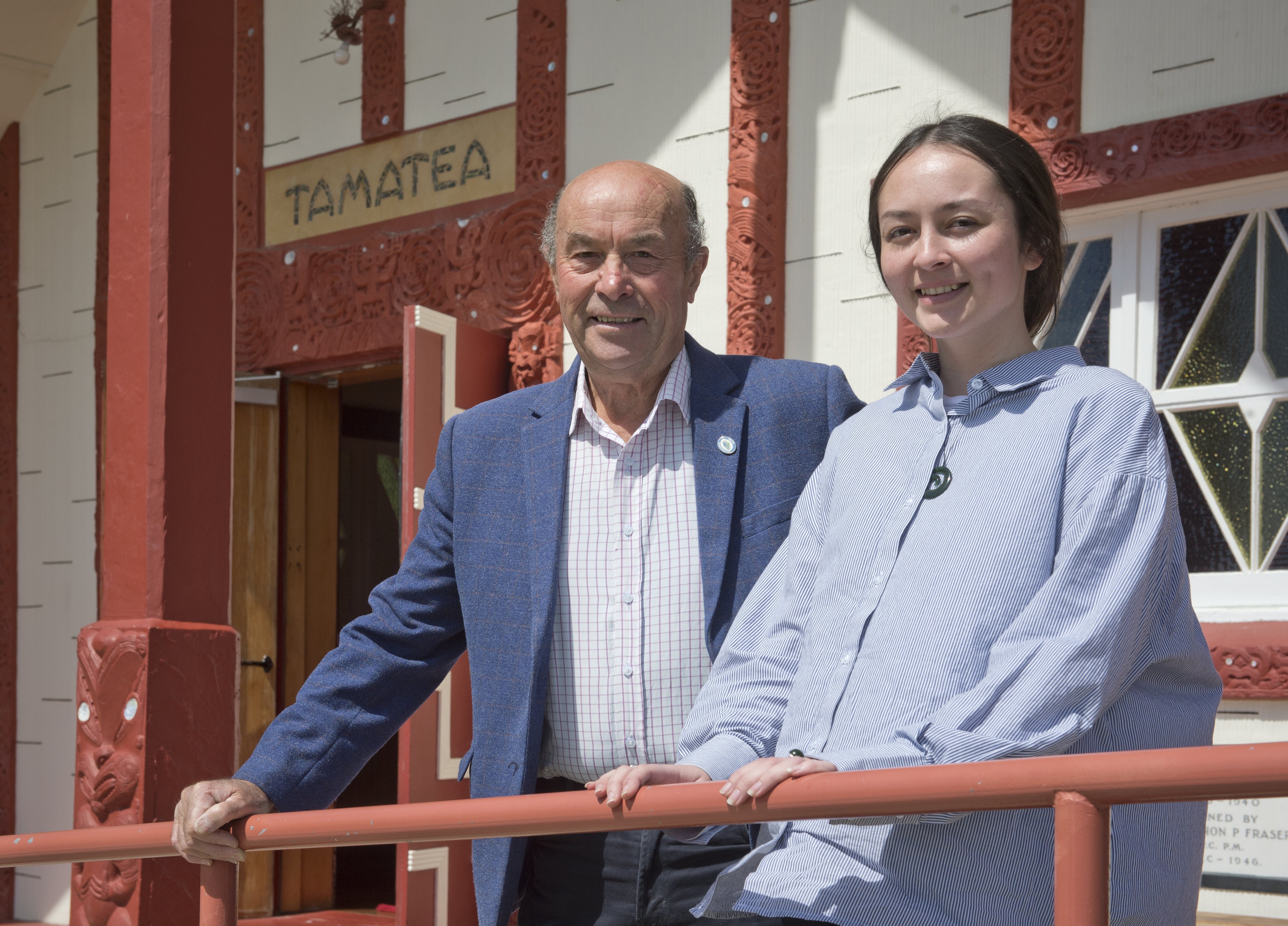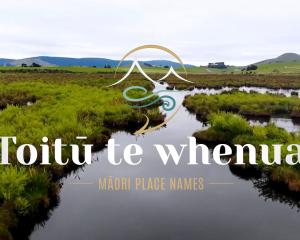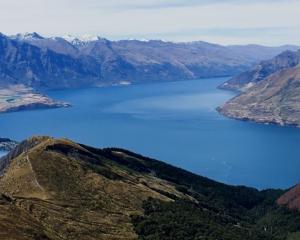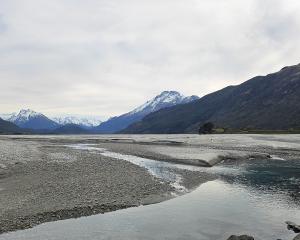In the vibrant tapestry of Aotearoa New Zealand’s landscape, Māori place names are more than mere words — they are threads that weave together history, culture, and identity.
To promote the restoration of te reo Māori, I have been working on a mini-series called Toitū te whenua.
The series will explore the rich history of Kāi Tahu and the original names of places around the Ōtākou region.
Kaumātua Edward Ellison, a prominent figure at my Ōtākou marae, has supported the project heavily.
His broad understanding of Kāi Tahu history and the importance of place names have been the guiding stars of our expedition, lighting our way through the intricate web of place names and their significance.
For me, this project has been nothing short of a personal odyssey.
As a descendant of Kāi Tahu and Kāti Māmoe, I felt called by my ancestors to breathe life back into the names they once gifted to the whenua.

It has been a journey that has strengthened my connection to my whakapapa and ignited a passion to share the unique history of our home.
Māori have traversed the lands of Ōtākou for centuries, residing in settlements around and along the harbour, utilising the bountiful nature as both a resource and a companion on their remarkable journeys.

My ancestors passed on their knowledge through their whakapapa, stories, songs, and chants.
With the introduction of written language, many place names were misspelled or replaced.
Māori place names encapsulate the full texture and layers of our beliefs and values.
They tell stories of creation, ancestors, explorers and events.
There can be a sense of uneasiness for people attempting to pronounce Māori place names and many choose to say them incorrectly to stick with the status quo.
It is something even I have struggled with.
We hope this project can help people feel more comfortable using te reo.
By understanding the stories behind the names, a deeper appreciation can grow.
I see no greater time to restore the power of these names and delve into our heritage, rediscovering the connections between my ancestors and the landscapes that nurture their stories.











